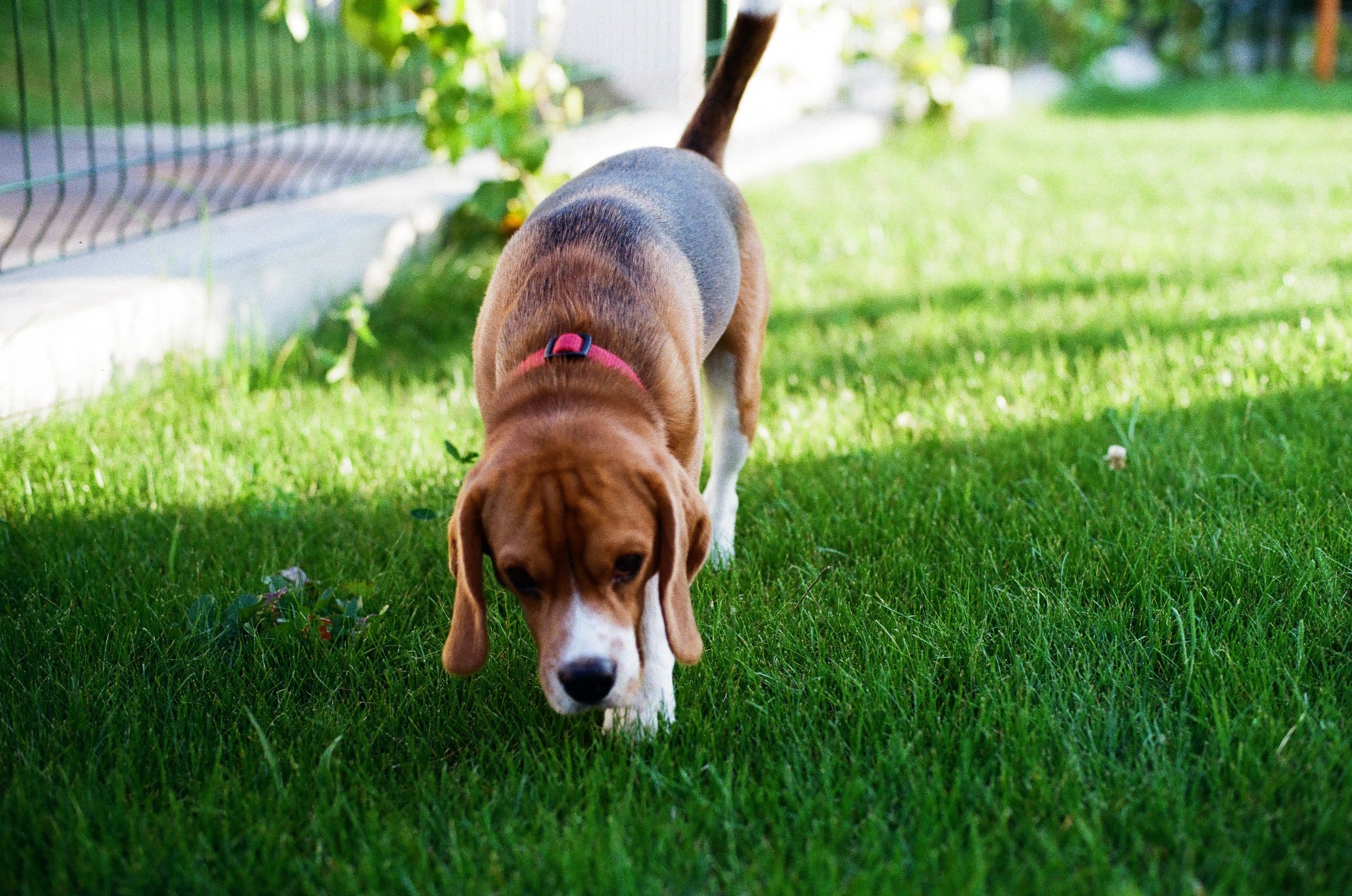Preventing Lost Pets: Dog-Proofing Your Backyard
Photo by Darcy Lawrey from Pexels
A lot of the dogs who show up here have been out on adventures… because they escaped their yards! Guest writer Fay Smith shares some tips on making your landscape pup-safe. While you don’t need a perfect yard to be a perfect pet owners, here’s some tips for the yard you’ve got.
Not all dog owners have big yards for their furry friends. If you are one of those who are fortunate enough to have this kind of perk, your dog is lucky.
Backyards provide pet dogs a spot to frolic and have fun, especially breeds that like to dig and roll. But before you let your dogs loose in your backyard, you have to make your backyard ready for them.
The safety of your dog is essential, so make sure to dog-proof your backyard.
Dog-proofing your yard will not only ensure the safety of your pet. It will also avoid mishaps your pet may cause when it gets out into the neighborhood unsupervised.
Knowing your pet dog is safe and secure inside your backyard will give you peace of mind.
Things to consider when you dog-proof your yard:
Boundaries
Know your boundaries. Literally. Know the characteristics of your dog and plan your space based on your dog’s traits.
Ask local authorities if there are height restrictions in putting up fences. You do not want to be reprimanded for violating any regulations.
Consider the size of your dog when deciding how tall your fence will be.
Plan what material to use in building your fence. You do not want your dogs to get stuck or, worse, choke while attempting to escape.
Ensure that there are no elevations or structures near the fence which can serve as a ladder to your dog. Otherwise, fencing will not matter.
Fence
Make sure that your fence’s height is adequate. Build your fence in a manner that your pet dog cannot jump over it, crawl under it, or escape it.
If your dog likes digging, ensure that your fence extends far into the ground and that your pets cannot dig under it. The idea is not just to prevent your dogs from going out into your neighborhood but also to keep other animals out.
If you have a swimming pool in your backyard, it is best to put a fence around it. Your dogs may know how to swim, but to avoid unnecessary mishaps, do not risk letting them swim without supervision.
Make sure that the main gates and latches are locked.
You do not want to lose your dog, so ensure that the fence, gates, latches, and locks are well maintained.
Garbage and Waste Receptacles
Keep the garbage cans covered and make sure the dogs cannot uncover them.
If you choose to keep the garbage receptacles in your yard, ensure they are housed in dog-proof containers such as wood or plastic.
Ingesting garbage can be very harmful to the health of your pets. Apart from that, you would not want debris scattered in your backyard due to your pets rummaging through your bins.
Toxic Pesticides
Know that many of the lawn care products and pesticides are harmful to your pets. So, it is always best not to use them when you have dogs around.
Ensure that you use pet-friendly products instead.
Rodent Control Products
Rodent poisons are harmful to your dogs. You should put off using these products if you plan to have dogs in your backyard.
Use alternative methods instead, like traps and electronic deterrents.
Plants and Flowers
Some plants and flowers are toxic to your pets when ingested. To ensure that your dogs are safe, check the plants and flowers that you have.
Common plants harmful to your dogs include:
Azaleas
Lilies
Daffodils
Peonies
Geraniums
Tulips
Wisteria
Rhododendrons
Ivy
Carnations
Oleanders
Hydrangea
Daisies
Shamrocks
Toxic mushrooms
Before you plant or let your dogs into your yard, review common toxic plants and flowers so you can avoid them.
Manicured Lawns
Ticks and fleas are just hiding in your yard. To avoid your dogs from getting infested, always make sure to keep your lawn mowed and clean.
Also, get rid of stones, broken glass, chipped hard plastics, nuts, and berries, as these are harmful when ingested by your pets.
Shade and Water
If possible, dogs should only be left outside for a short period. Monitor them and make sure they are not overheated (or, in the winter, overly cold - the below tips have summer time safety in mind).
Ensure that your backyard has a shaded area where your dog can rest and take shelter from the sunshine.
Also, ensure that enough water is available to cool down their thirst. Use spill-proof containers for their drinking water.
If your yard is spacious enough, it is best to have a small pool for the dogs in the summer. That would be a great idea, especially for larger breeds, so they can soak and cool themselves as needed.
Special Treats
You can also add some interesting stuff and delicious treats in noticeable areas of your yard. Toys and snacks will help break your dog’s boredom. Do not forget to place snacks in non-spill containers.
Takeaway
These are just common safety tips that one can consider. Dog owners must carefully assess each situation before implementing the necessary measures. What may work out fine for others may not be the best for your dog.
Fay Smith worked in communications for five years before settling down with her husband. Now a mother of two young children, she writes for MotherhoodCommunity.com to share her experiences as a mother.
References:
Garbage Toxicosis (Garbage Gut) in Dogs. https://www.petplace.com/article/dogs/pet-health/garbage-toxicosis-garbage-gut-in-dogs/
The Dangers of Lawn Chemicals: Is Your Perfect Lawn Killing Your Pet? https://www.petmd.com/dog/care/dangers-lawn-chemicals-your-perfect-lawn-killing-your-pet
Protecting Your Cats and Dogs from Pesticide Poisoning. https://extensionpublications.unl.edu/assets/pdf/g2260.pdf
Poisonous Plants: Toxic and Non-Toxic Plants List. https://www.aspca.org/pet-care/animal-poison-control/toxic-and-non-toxic-plants
How Long Can You Keep Your Dog Outside? https://www.akc.org/expert-advice/health/how-long-can-you-keep-your-dog-outside/








